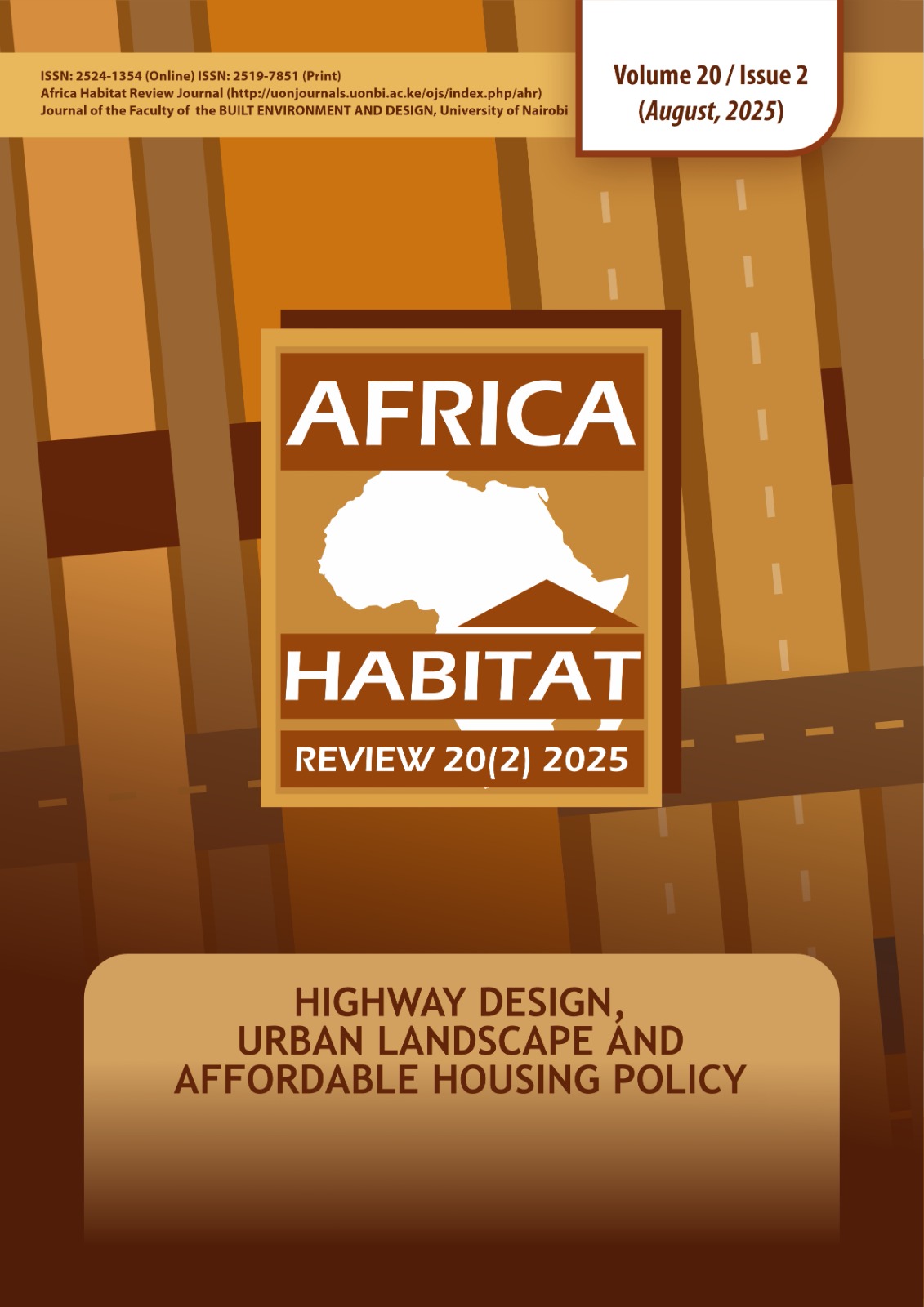Historic Urban Landscapes:
Discourse since UNESCO 2011 Adoption
Abstract
Historic Urban Landscapes (HULs) is a landscape based approach to conservation of historic areas internationally since introduction in 2011 by UNESCO. They are important heritages that act as repositories of memories, histories contributing to identities besides tangible and intangible benefits that contribute to residents’ quality of life. This article seeks to illuminate HUL discourse in terms the scales, typologies, components, importance, emerging areas of concern in terms of challenges in its implementation, public participation aspects and the need for local laws, policies to protect, conserve and manage them. It’s based on content analysis using main term “Historic urban landscape” within open access platforms like Google and Google Scholar. Most existing studies have been conducted in Europe and Asia with Africa having very few. UNESCO has so far designated several sites as HULs across the world. Findings reveal that major components of HULs are natural, built and socio-cultural. HUL scales/typologies include city level, historic city centres, historic districts, historic ports, historic streetscapes and historic gardens that go beyond individual monuments. They are under threat from rapid urbanizations and fast transforming developments. Historic urban areas display dualism in terms of being both historic and cultural thus are considered as cultural landscapes as well. The study concludes that public participation in HUL issues is critical for success and there is need for more empirical studies to popularize its adoption in urban heritage planning. Recommendation is on enactment of laws and policies at various levels of government in different countries to identify, assess and inventorize with the main aim being conservation from threats. The findings are important to policy makers and heritage professionals in guiding HULs conservation and management.


